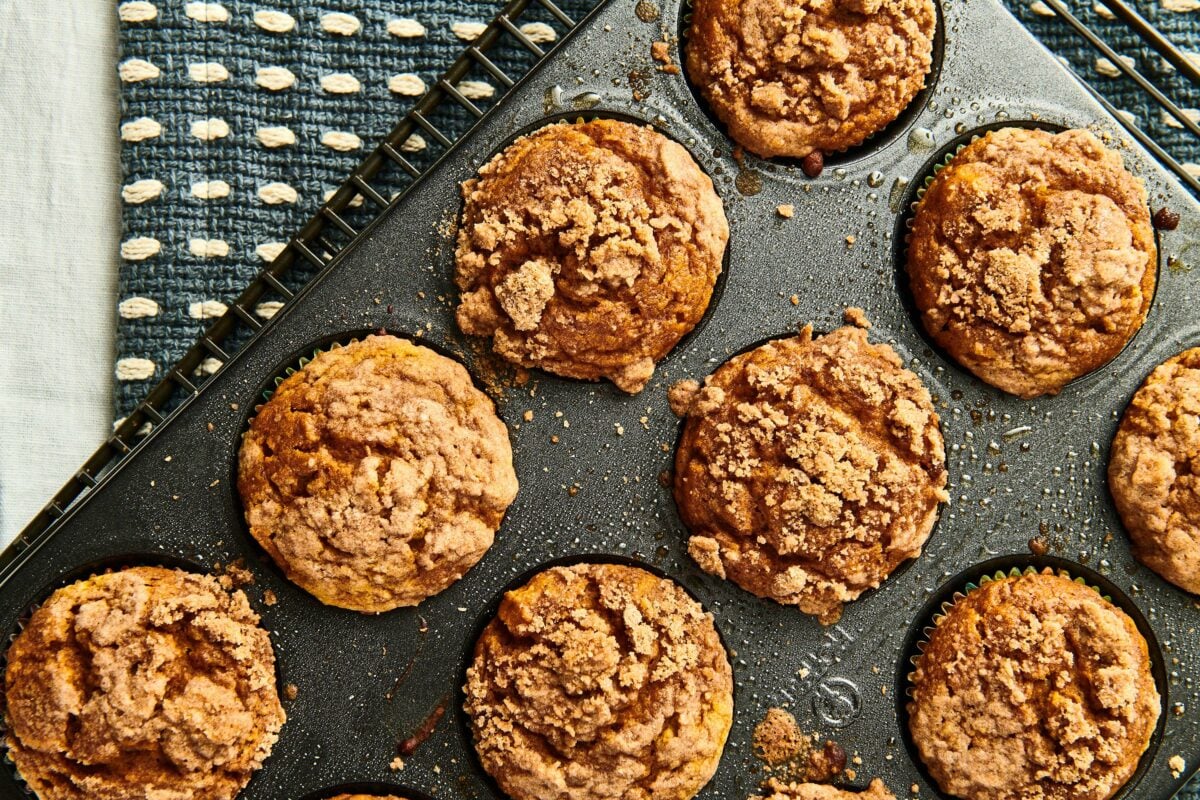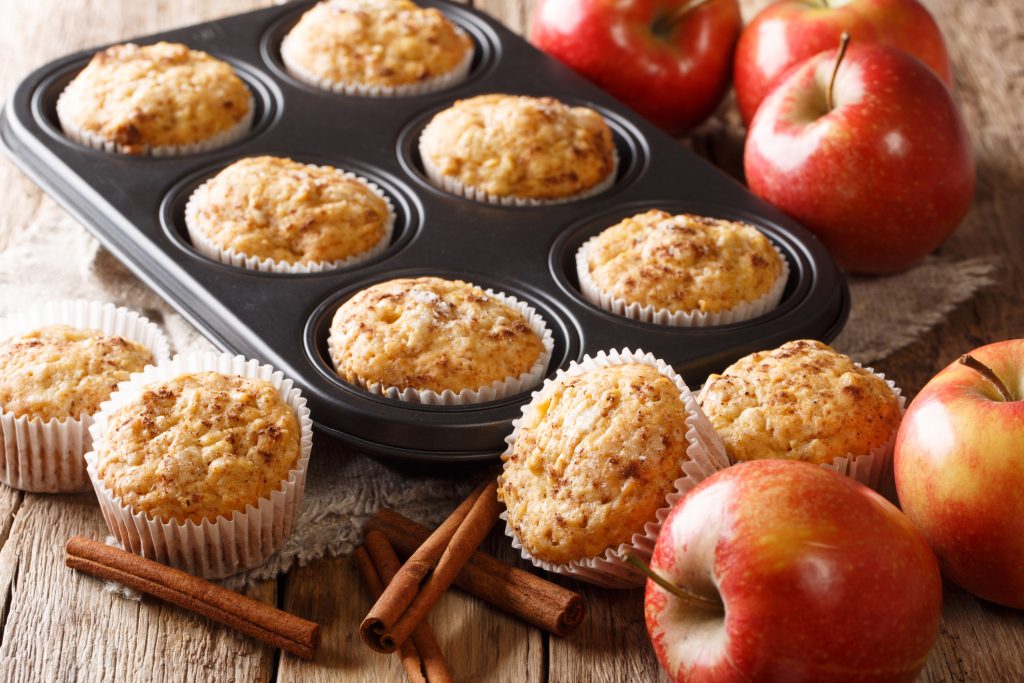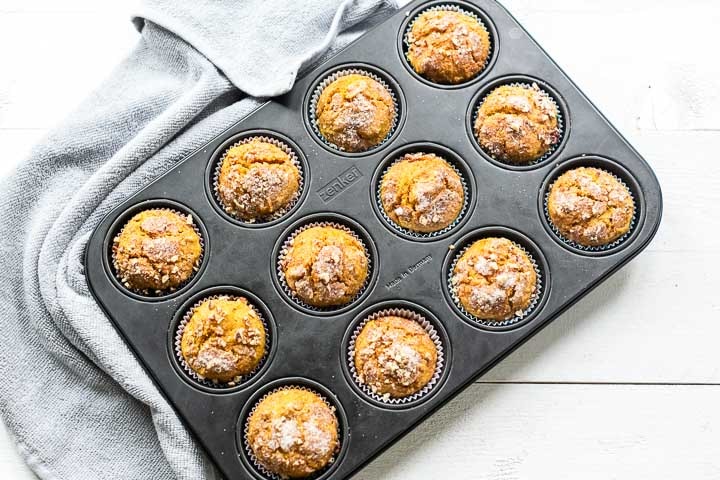For kitchen professionals, the art of baking muffins is both a science and a craft. When it comes to using cast iron, the debate of preheating vs cold cast iron muffin baking is especially relevant. This consideration can significantly influence the texture, flavor, and overall success of your baked goods. But which method is truly superior? Let's explore the nuances of each approach and determine the best way to achieve muffin mastery.

The Science Behind Preheating Cast Iron
Preheating your cast iron muffin pan before adding the batter is a technique that many professional chefs swear by. The rationale is simple: preheating ensures even heat distribution, which is crucial for achieving evenly baked muffins. When the cast iron is already hot, it helps the batter to start cooking immediately upon contact, leading to a better rise and a more uniform crumb structure.
The process of preheating can also create a delightful crust on the muffins, enhancing both their flavor and texture. This is particularly important when baking delicate or savory muffins where crust formation can add a pleasing contrast to the soft interior. To delve deeper into the benefits of preheating and its impact on cooking, visit this guide on using cast iron.
The Case for Cold Cast Iron Baking
On the other hand, the cold cast iron muffin baking method involves pouring the batter into a room temperature pan before placing it in the oven. This technique can be advantageous for those aiming to prevent the batter from spreading too quickly, which can happen if the pan is too hot.
Cold cast iron baking can be particularly forgiving with recipes that require a gentler heat introduction, ensuring that muffins do not overcook on the outside while remaining underdone inside. Additionally, this method often requires less waiting time for the oven to heat the pan, making it a practical choice for busy kitchens. Learn more about the intricacies of cold baking in our myths about cast iron.
Key Differences Between the Two Methods
While both methods have their merits, the choice between preheating and cold cast iron baking often comes down to the specific recipe and the desired outcome. Preheating is typically preferred for recipes that benefit from a quick set and a crisp exterior, while cold baking is suited for recipes that require slower, more even cooking.
Moreover, the type of muffin you're making can also dictate the best approach. For example, savory muffins with cheese or vegetables may benefit from preheating due to the quick caramelization it offers. Conversely, fruit-based muffins or those with delicate flavors might achieve a more balanced bake with the cold method. For further insights on how to tackle common baking challenges, check out our article on common baking issues.
Tips for Perfect Muffins Every Time
No matter which method you choose, there are a few universal tips that can help ensure your muffins turn out perfectly every time:
- Measure Ingredients Accurately: Precision is key in baking. Use a kitchen scale for dry ingredients and follow recipes closely to maintain the intended balance of flavors and textures.
- Don't Overmix: Mix the batter until just combined to avoid dense muffins. Overmixing can lead to the development of gluten, resulting in a tough texture.
- Experiment with Add-ins: Whether you're a fan of nuts, berries, or chocolate chips, experimenting with different add-ins can keep your muffin recipes exciting and tailored to your preferences.
- Allow Muffins to Cool: Let your muffins cool in the pan for a few minutes before transferring them to a wire rack. This helps them set properly and prevents them from becoming soggy.
For additional creative inspirations on what to bake in muffin tins, consider checking out these inventive muffin pan recipes.
Conclusion
In the culinary world, the debate of preheating vs cold cast iron muffin baking is not just about tradition but about achieving the ideal baking conditions for each unique recipe. As kitchen professionals, understanding the benefits and limitations of each method allows you to tailor your approach to the specific needs of your muffins, ensuring delicious results every time. Whether you lean towards preheating for a crisp finish or prefer the gentler touch of cold baking, the choice ultimately enhances the art of muffin making.

FAQs
Q1: Can I use cast iron muffin pans on induction cooktops?
A: Yes, cast iron is compatible with induction cooktops. For tips on using cast iron on induction, visit our tips for using cast iron article.
Q2: How can I prevent muffins from sticking to the cast iron pan?
A: Ensure the pan is well-seasoned, and use a light coating of oil or butter before adding the batter to prevent sticking.
Q3: What is the best way to clean a cast iron muffin pan?
A: Clean the pan with hot water and a brush. Avoid using soap, and dry it thoroughly to prevent rusting.
This article contains affiliate links. We may earn a commission at no extra cost to you.






Leave a comment
This site is protected by hCaptcha and the hCaptcha Privacy Policy and Terms of Service apply.